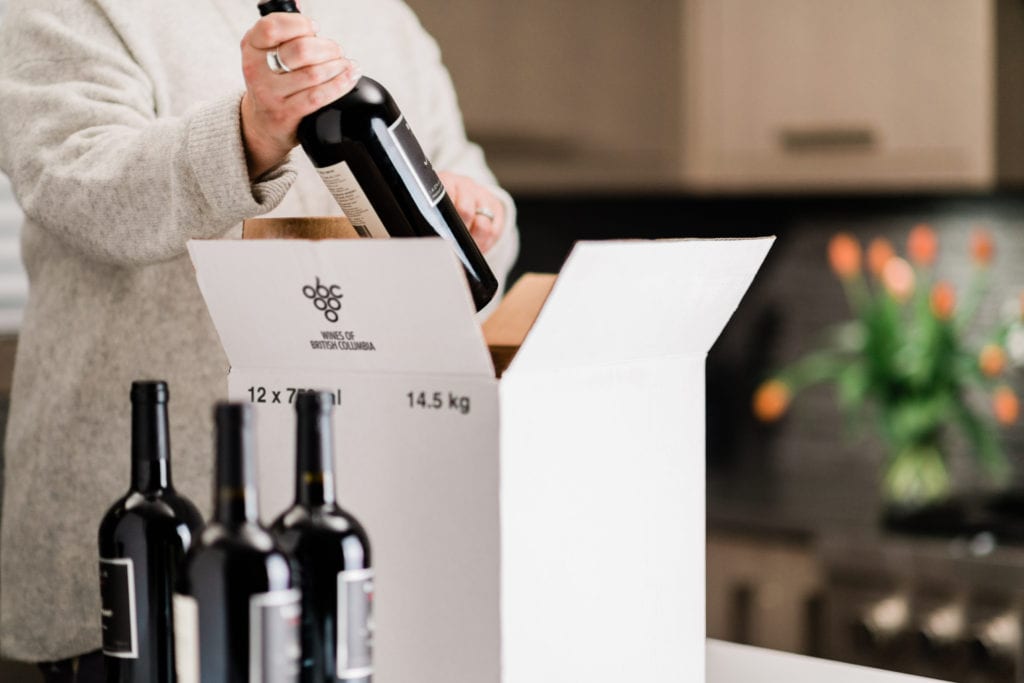This is a guest post by Tendayi Chakanyuka, Paul Roberts, Javier Rodriguez, Robin Waters and Lynn Works, University of Victoria, MBA students.

BC Wine Industry Challenges
In less than 50 years, the British Columbia Wine Industry has grown to become an internationally recognized terroir for wine production. Influenced by changes in the international competitive landscape, the industry has witnessed rapid growth.
The diversity and high latitude of British Columbia do not provide the traditionally ideal climate for grape growing. The scarcity of productive acreage in comparison to other top global winemaking regions contributes to inflated land costs, limited production resources, and a resulting cap on output. Coupled with stringent regulatory issues and high operating costs, the average manufacturing cost per bottle of British Columbia wine is much higher compared to international wine regions.
Due to these circumstances, BC wine producers have sought to maximize their profits by prioritizing the production of high-quality premium wines under the Vinters Quality Alliance (VQA) label. Yet, pre-existing high regulatory barriers and narrow distribution channels create pressures for vertical integration, such as exploiting the on-site cellar door retail channel as a result of the strong linkage with the tourism industry cluster.
The onset of Covid-19 in the early months of 2020 placed a multitude of the province’s industries on a precarious edge. The British Columbia wine industry is no different. Prior to the pandemic, factors hampering growth and profitability in the BC wine industry, particularly for the VQA premium wine segment, related mostly to gaining domestic market share against imported wine products. In addition, travel advisories have created challenges for wineries that rely heavily on tourism for cellar door sales.
Key Strategies to increase Sales
Our MBA team prepared a report discussing the impact of Covid-19 on the British Columbia wine industry, along with opportunities to navigate the changing landscape of the industry. The following is a summary of the key strategies that could be used by British Columbia wineries in conjunction with marketing organizations such as the BC Wine Institute (BCWI) to increase sales.
- Current sales per unit requirements of the British Columbia Liquor Distribution Board (BCLDB) to shelve a brand prohibit many wine producers from accessing the brick-and-mortar liquor stores. We recommend a collaboration with the BCLDB to create an “Unshelved BC” campaign that would allow wineries to gain exposure on the BCLDB’s website and allow consumers to order directly through this online channel.
- Partner with other wineries to create “BC in a Box” wine cases. Each box would have a focus such as a specific wine varietal or geographical area, or other features such as being all organic or BC Vintners Quality Alliance (VQA) wines. Distribution of the wine would be available through participating wineries, or online through winery websites. BC Liquor stores would highlight the “BC in a Box” promotion on their website.
- For VQA producers, there is an opportunity to maximize on the recent shop local movement by working with the BCWI to spread the message that buying VQA wine means you are enjoying a wine that is 100% grown and made in British Columbia. We found that although some consumers have heard of the term VQA, they are unclear what the designation means.
- As mentioned, the pandemic has highlighted the dependence on cellar door sales for many wineries. We suggest focusing less on bringing customers to the cellar door, and more on bringing the cellar door to the customer; for example, through collaborative arrangements with new routes to market such as farmers’ markets or companies that provide meal prep services.
- We suggest further efforts to expand wineries’ online reach through website creation/expansion to allow for online sales, as well as working with local social media micro-influencers. We suggest including marketing messaging that appeals to demographics outside of the “wine connoisseur” category.
Conclusion
Covid-19 has brought about unprecedented times in modern history. Global economies have been stymied and social norms have been altered at every turn. The British Columbia wine industry is just one of many industries that have been affected. We hope that our analysis of the industry and subsequent recommendations will assist in providing wineries and the British Columbia Wine Institute with tangible ideas that can be implemented to help ensure a prosperous future for the industry and allow people from all over the world to enjoy what British Columbia wines have to offer.
